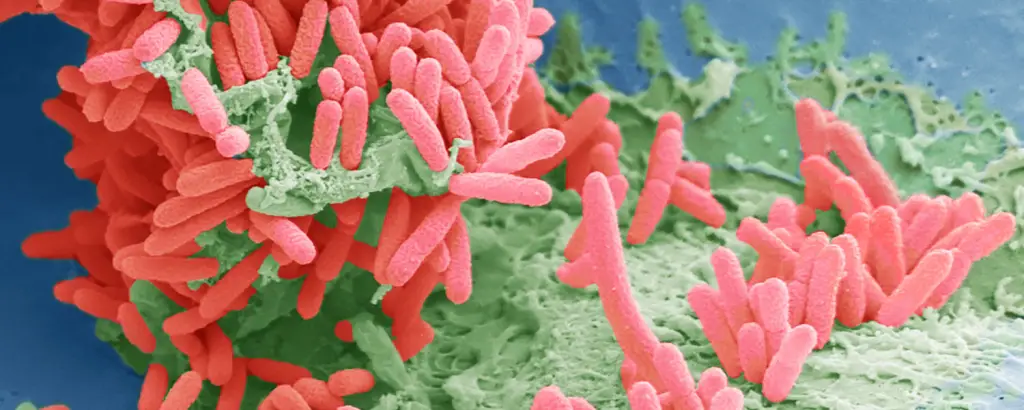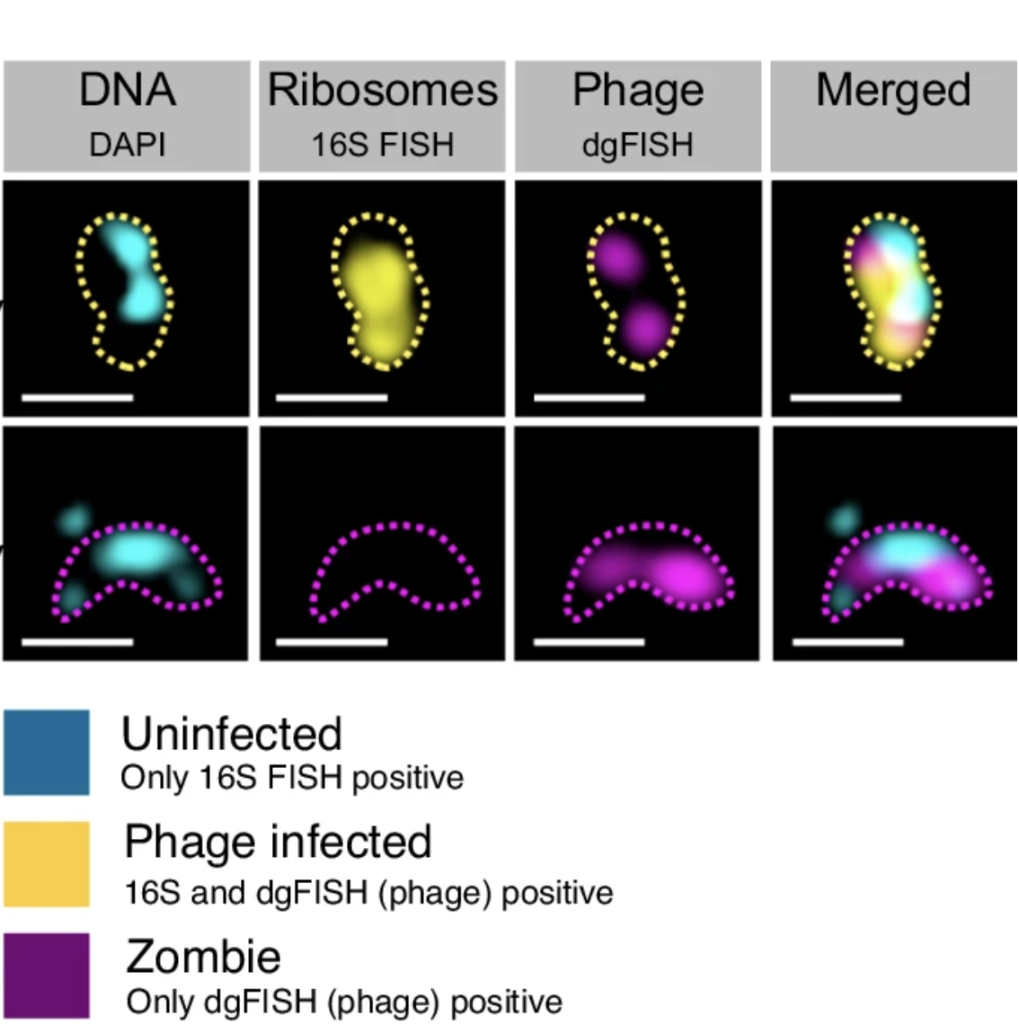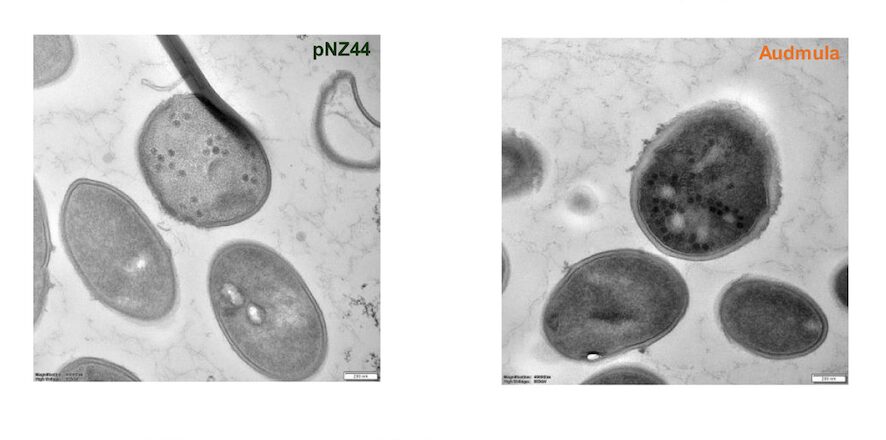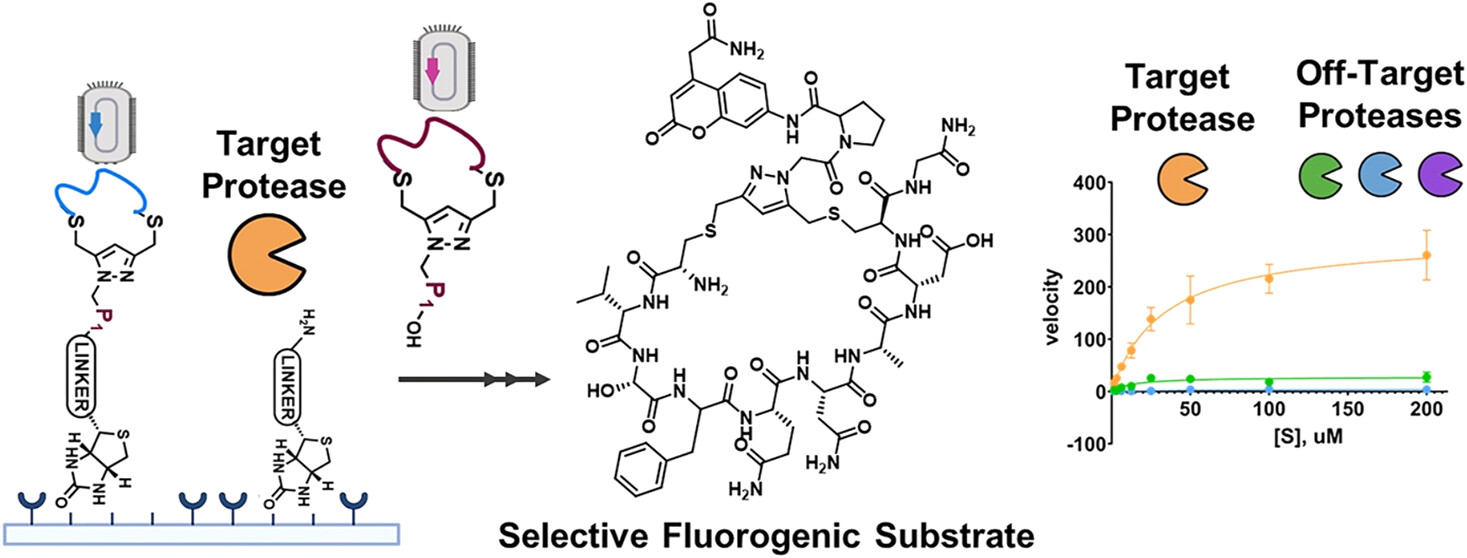
Marine microbes are essential for sustaining the ecosystem by ensuring nutrient circulation for all its members. Understanding this system is crucial for promoting the sustainable use of marine resources and protecting the environment. Bacteria are among the largest populations in the marine microbiome and significantly contribute to the ecosystem’s stability. Among the bacterial community, some, such as members of Pelagibacterales (SAR11), are more prevalent in a normally functioning ecosystem.
Scientists from the Max Planck Institute for Marine Microbiology in Germany, Fujian Agriculture and Forestry University in China, and PSL Research University in France have recently published their discovery in Nature. In the article, they revealed a new phenomenon in the ongoing phage-bacteria arms race within a diverse and complex marine ecosystem.

Scientists were intrigued to understand the effect of phages on this population of dominant marine bacteria and if they were responsible for reducing their population. Phages multiply by infecting bacteria cells, where they may end up integrating their genome into the bacterial genome or take over the bacteria machinery to produce their copies, which may end with cell lysis. If they integrate into the bacterial genome, they are called prophages and they can be transferred vertically to daughter cells, and provided with some factors they can at any moment revert into lytic cycle. The aforementioned cycle ending with cell death is called the lytic life cycle while the latter is called the lysogenic life cycle.
The effect of bacteriophages is well known although most existing knowledge bases are in laboratory experiments with very few field experiments. That is what this study brought to light, the real effect of the bacteriophage on the real ecosystem. Despite proving the effect of phages on reducing the bacteria population there was even a discovery. They found that phages transform some of the infected cells into zombies, a phenomenon observed for the first time and widespread in the oceans. This study was conducted during a phytoplankton bloom in the ocean waters surrounding the German island of Helgoland.
While investigating the bacteria Pelagibacterales (SAR11), they found that nearly 20% of the bacterial cells were infected by the phages, leading to a reduction of about 90% of the bacterial population within just five days. They observed that some of these infected cells lacked ribosomes, an important structure for protein synthesis. This led the scientists to call these cells “zombies,” hypothesizing that the loss of their ribosomes is associated with being used as resources for synthesizing new phage genomes. Despite that, their study focused on only one kind of bacteria, they believe the concept of “Zombie cells” is not only limited to the species they studied but also other bacteria.

Since the study was based locally, the team decided to see if their initial observations were universal. They conducted a subsequent study on a global scale, including the waters of the Atlantic, Pacific, and Southern Oceans, and found similar phenomena of “zombie bacteria cells” in their secondary study. They also found that zombie cells make up to 10 % of all cells in the sea. This study highlights once again a different perspective on the understanding of the effect of phages on the environment and adds more questions on what are the conditions of other ecosystems.
Read scientific publication: Brüwer, J.D., Sidhu, C., Zhao, Y. et al. Globally occurring pelagiphage infections create ribosome-deprived cells. Nat Commun 15, 3715 (2024). https://doi.org/10.1038/s41467-024-48172-w


Leave a Reply
You must be logged in to post a comment.